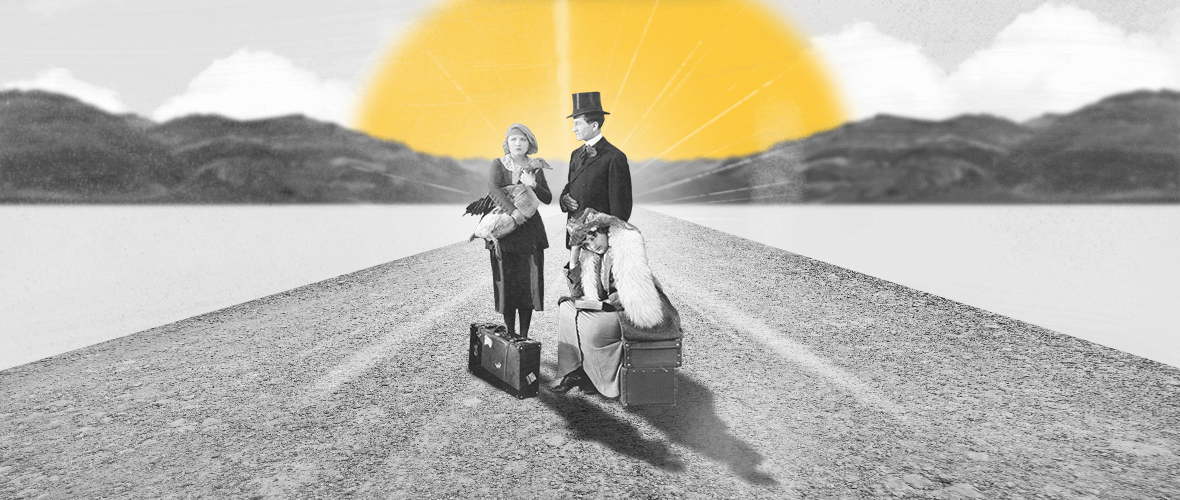The Retail “Correction”
The headlines have been startling:
“Warren Buffett just confirmed the death of retail as we know it.”
"A $59 billion investor just issued a dire warning about the retail apocalypse.”
“Brick-and-mortar stores are shuttering at a record pace.”
They’re all true. But what’s to blame?
The knee-jerk explanation is everyone buys everything online now. After all, Amazon now has 80 million Prime members. That’s fully one-third of the U.S. adult population (pause to let that sink in). There’s no question that online isn’t winning. It’s won. Or has it?
Quick, what percentage of U.S. retail sales are online? Thirty percent? Fifty percent? Seventy-five percent?
Actually, it’s just 8.5 percent. That’s a lot. But that leaves a whole lot of sales at brick-and-mortar stores. Over 90 percent.
So why are all the headlines so dramatic?
Consider this: the U.S. is wildly “over-stored.” We have 24 retail square feet per capita. That’s 12 times the rate in Germany. Apparently, “if you build it they will come” does not apply to retail.
In reaction to this excess supply and loss in retail sales to online sales, retail stores are closing at a rate even greater than 2008, the worst year ever. Over 3,200 retail stores have closed this year, with estimates that the total for 2017 will approach 7,000. The list of national chains scaling back or closing altogether grows daily, including:
- Payless ShoeSource (400 stores)
- RadioShack (552)
- The Limited (250)
- hhgregg (220)
- Wet Seal (171)
- GameStop (150)
- JCPenney (138)
This is creating scores of suburban “zombie malls” – empty and near-empty malls in declining suburbs where no one wants to shop. As some suburbs decline, city populations have grown, attracting younger workers. The surviving malls, regardless of location, will have their pick of the best of the best.
The “over-storing” and growth of online sales are just two reasons. There’s a third, and it shouldn’t be a surprise.
As retailers opened way too many locations, restaurants followed right behind. Since the end of the recession, visits to U.S. restaurants increased every year. Until 2016, when a sharp decline took hold.
Why? Two reasons:
- The variety and quality of grocery store meal options has increased, offering lower prices than restaurants for dinner.
- Lunch visits declined in response to a profound “snacking” trend – eating multiple smaller snacks throughout the day. With less workers going out for a traditional lunch, they also reduced their retail store visits. So online gained sales, while traditional retail and restaurants lost sales.
The mall is not dead, there are just fewer, better malls. Retail is not dead, it’s just evolving.
The bottom line is this: The consumer is never wrong. They tell you what they want. They want convenience and value. They will always do what’s in their best interest. Smart retailers and restaurateurs will respond, survive and thrive.






